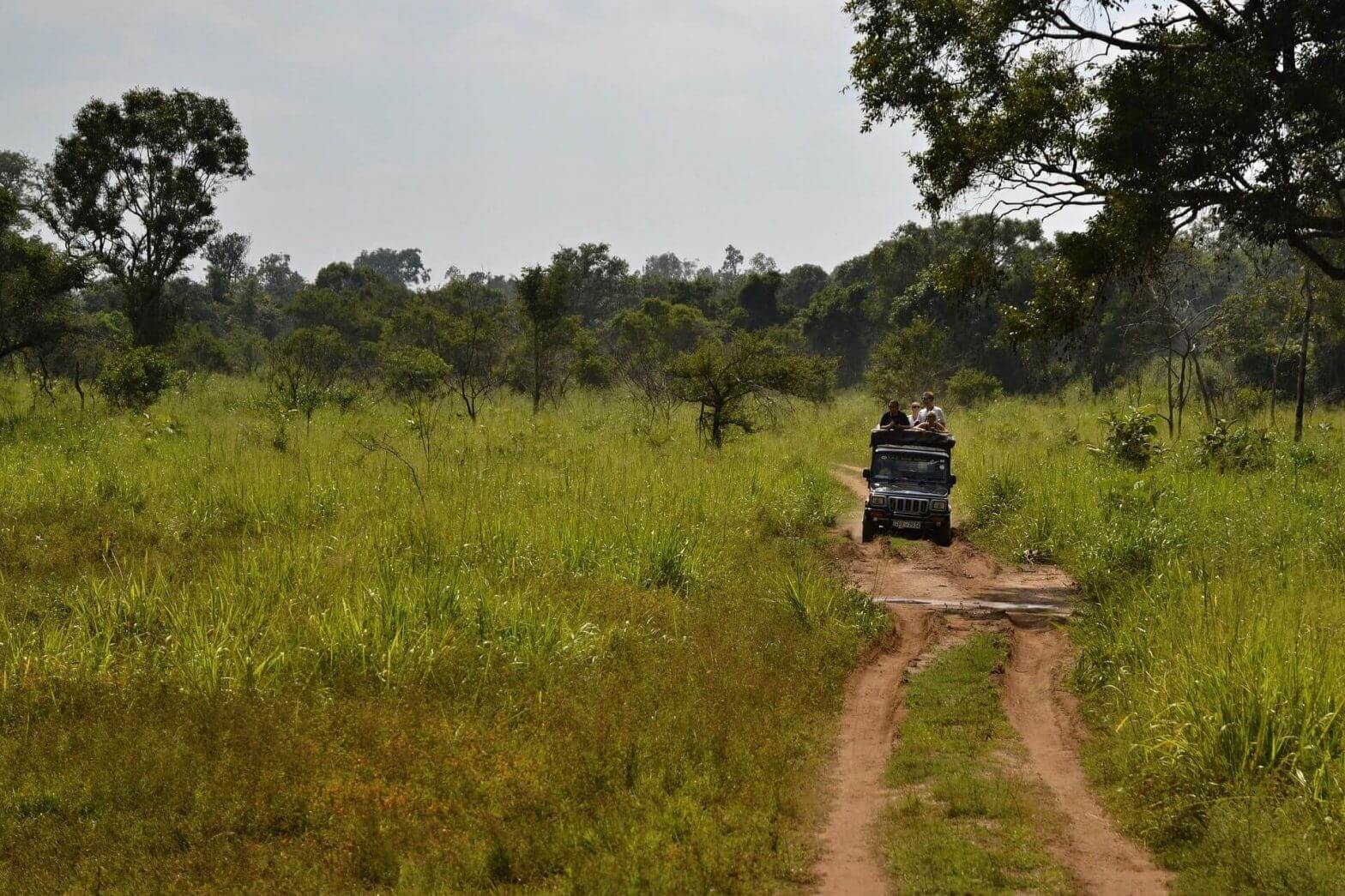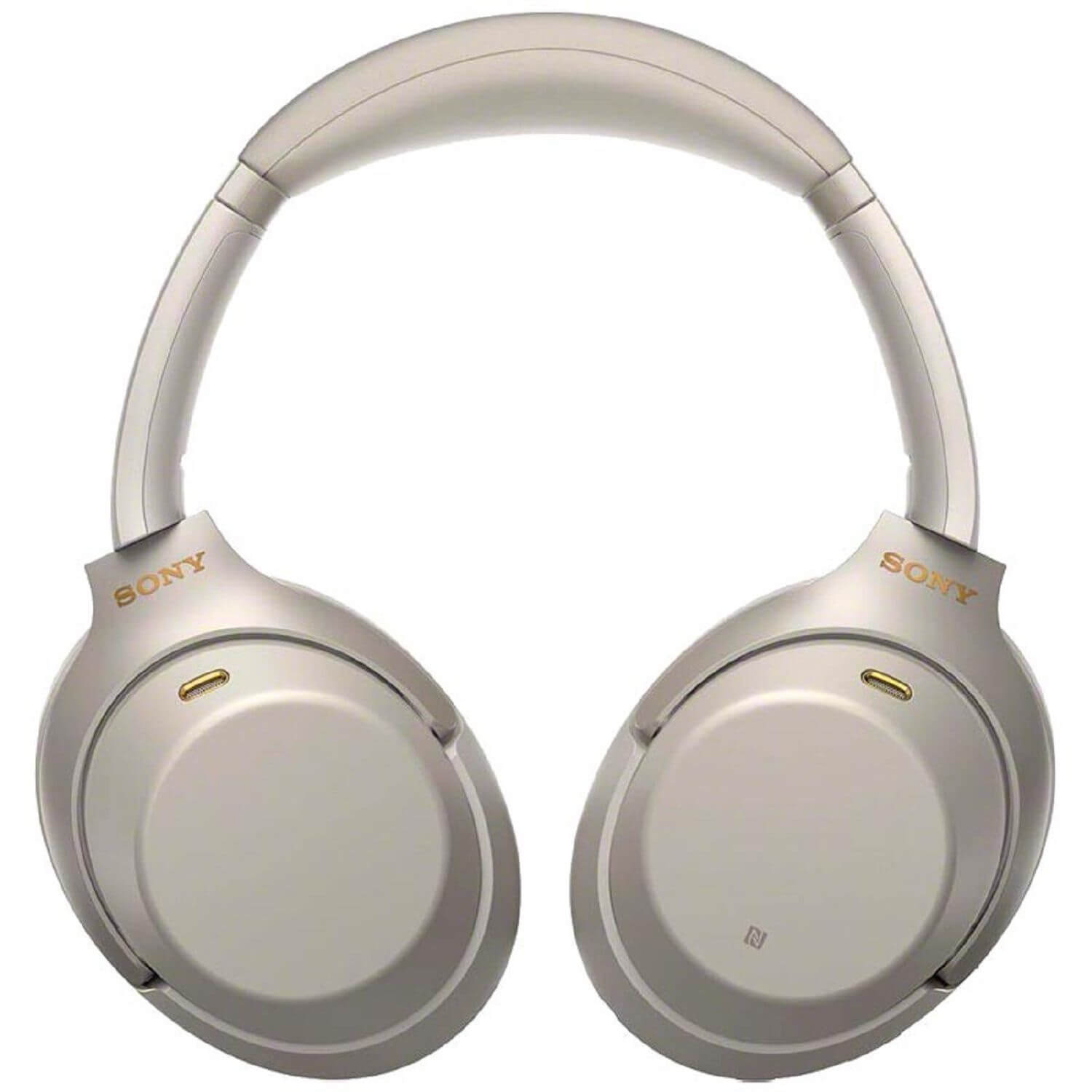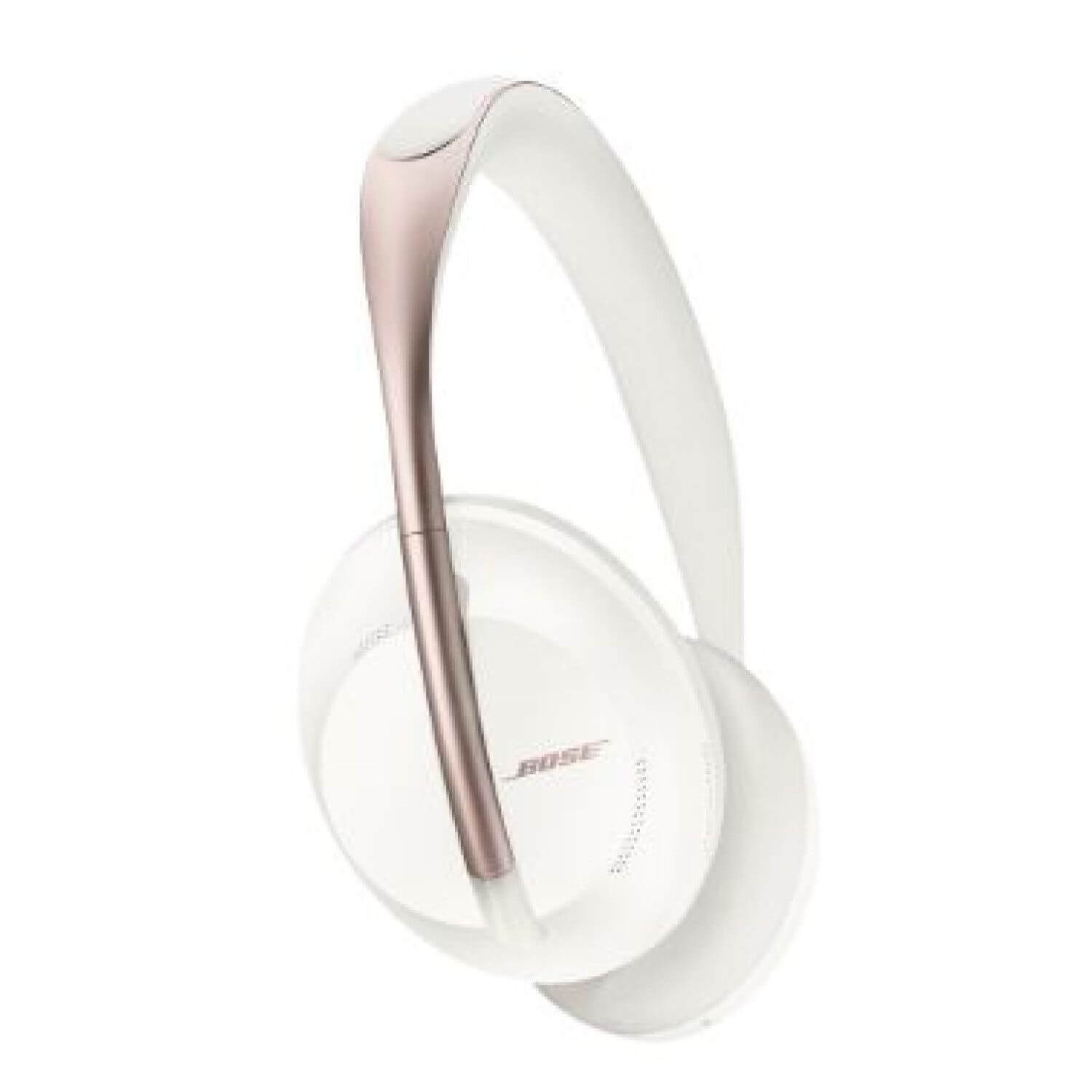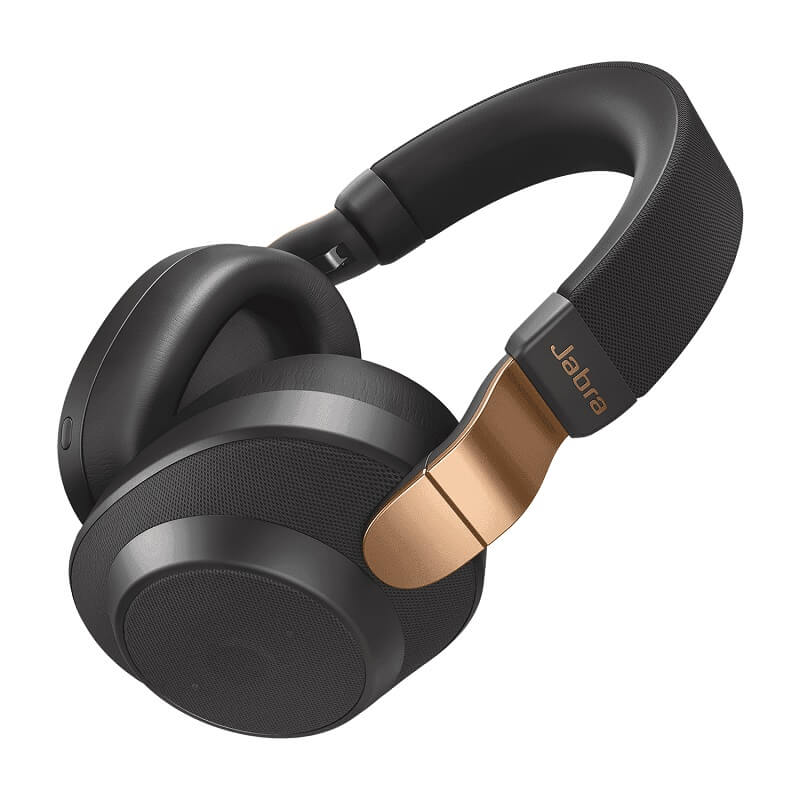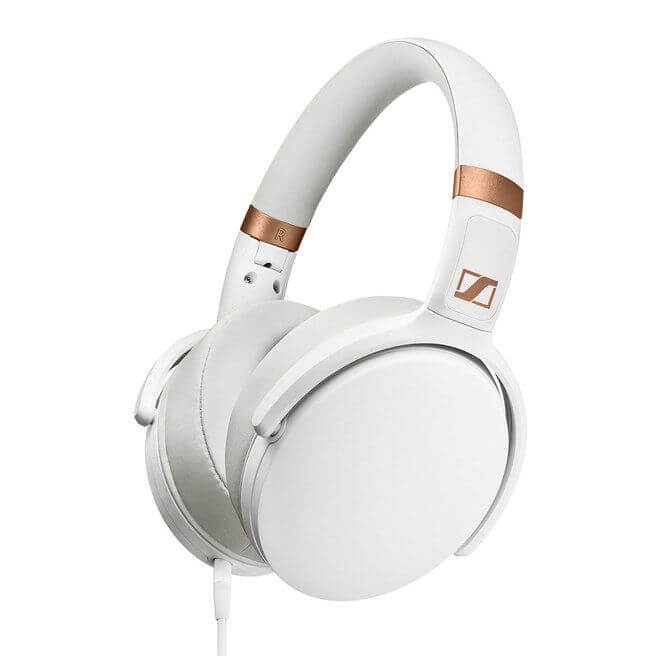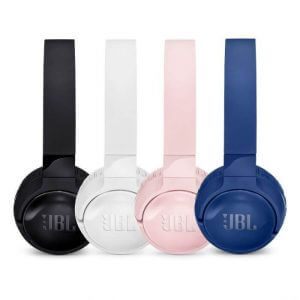Everyone who visits Sri Lanka dreams of seeing a leopard, but there is so much more to the island’s parks, rainforests and bird sanctuaries. The best way to explore them is to plan – while hiring a guide and a jeep on the day is fine, there are many passionate, knowledgeable guides and budget-friendly tours online.
Wilpattu National Park: jeep safari
Around four hours’ drive from Colombo, Wilpattu National Park is quieter than Yala and many say it is a better experience. Closed for 25 years during the war, the park was swept for landmines before it reopened in 2010. Dozens of shallow villus filled with rainwater entice elephants, leopards, sloth bears, deer and buffalo. Buy a ticket in advance from the Department of Wildlife Conservation website.
Entry: approx. $25 per person, private excursion with guide (local pick-up) $30-100 per person.
When to go: May to October
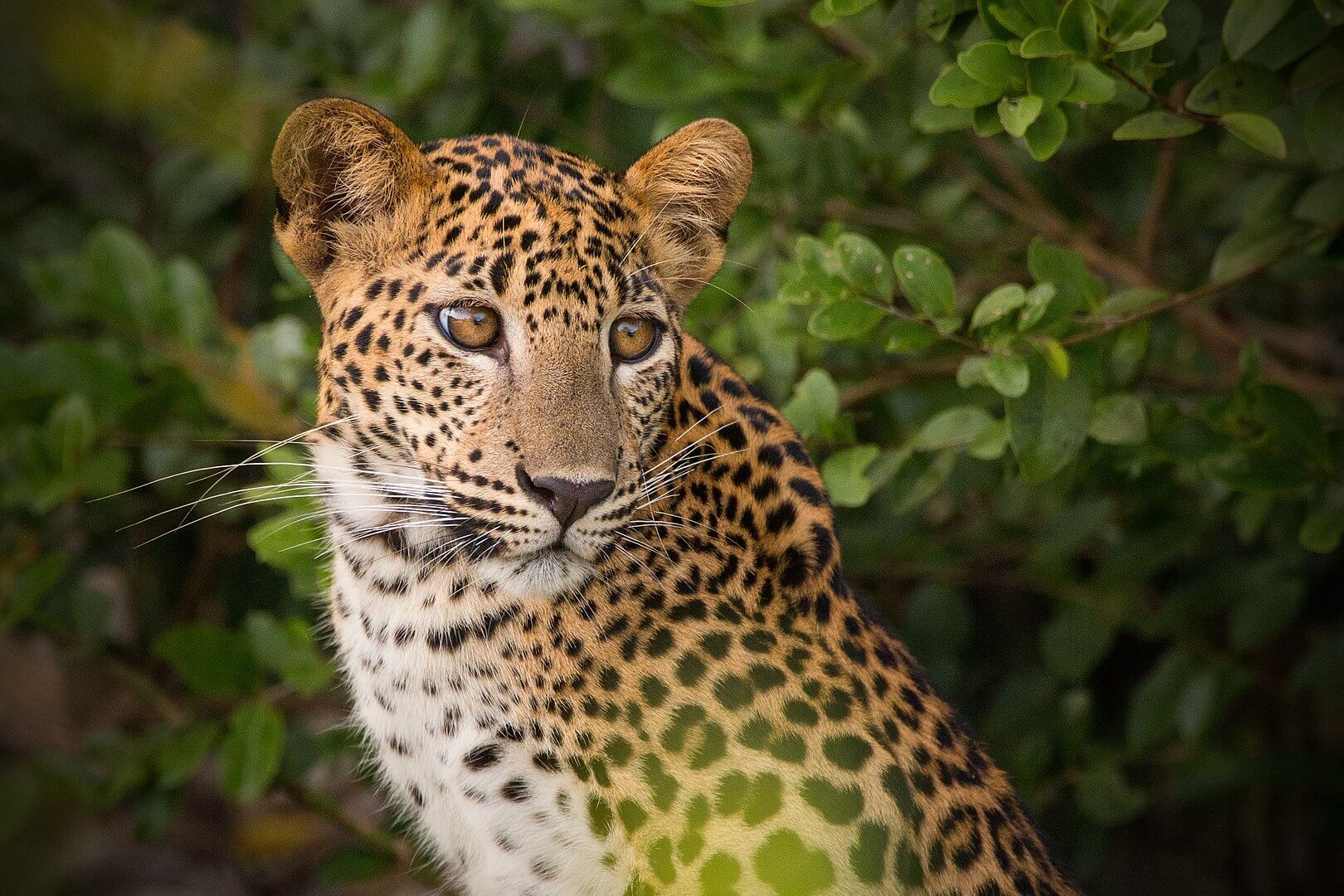
Leopard in Wilpattu National Park
Yala National Park: jeep safari
Sri Lanka’s most famous national park has been criticised recently for the number of jeeps allowed inside. To get a sense of the problem, on an average day there might be 95 jeeps in Wilpattu, but around 500 in Yala. There are things you can do, such as avoiding weekends, and there are jeep sharing groups on Facebook. The former colonial hunting ground is still the best place to see wildlife in Sri Lanka, especially if you want to see the island’s large mammals. Places to stay nearby include the popular Wild Coast Tented Lodge.
Entry: approx. $25 per person, private excursion with guide (local pick-up) $40-110 per person.
When to go: May to October
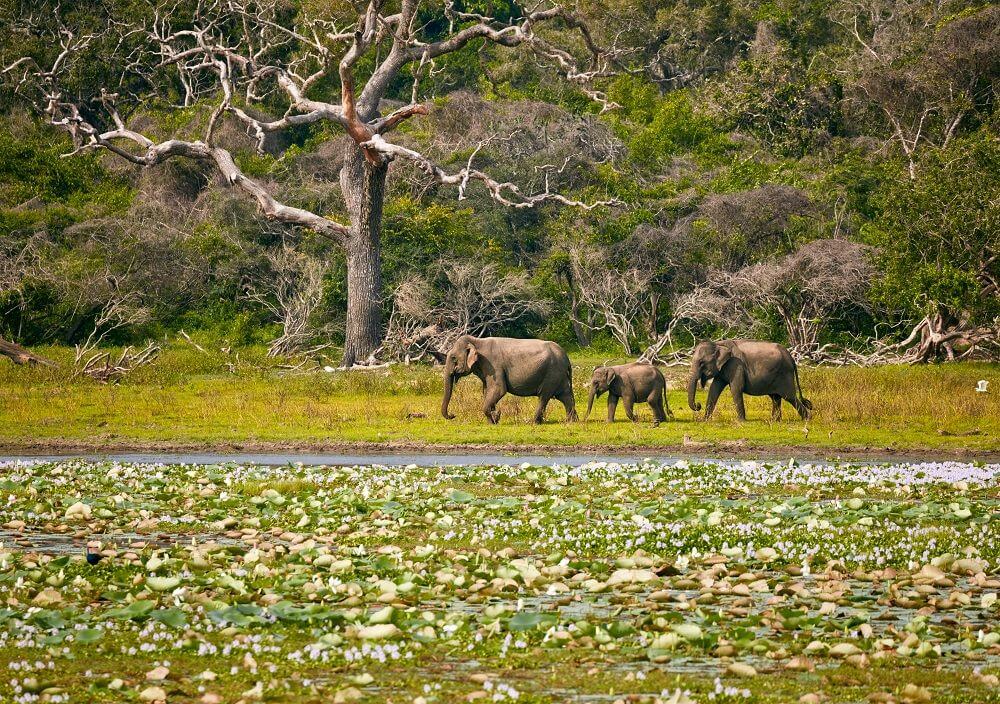
Yala National Park
Bundala National Park: jeep safari, birdwatching
Bundala is home to all of Sri Lanka’s large mammals but is better known as a refuge for migratory birds. A mixture of wetland, scrubland, saltmarsh and dunes with a beautiful untouched coastline, visiting Bundala is a very different experience from a trip to Yala or Wilpattu. The most important birds present in the park are the globally threatened Lesser Adjutant and the Black-Necked Stork. Get there in around three hours from Galle or Unawatuna.
Entry: approx. $15 per person, private excursion with guide (local pick-up) $20-90 per person.
When to go: November to February
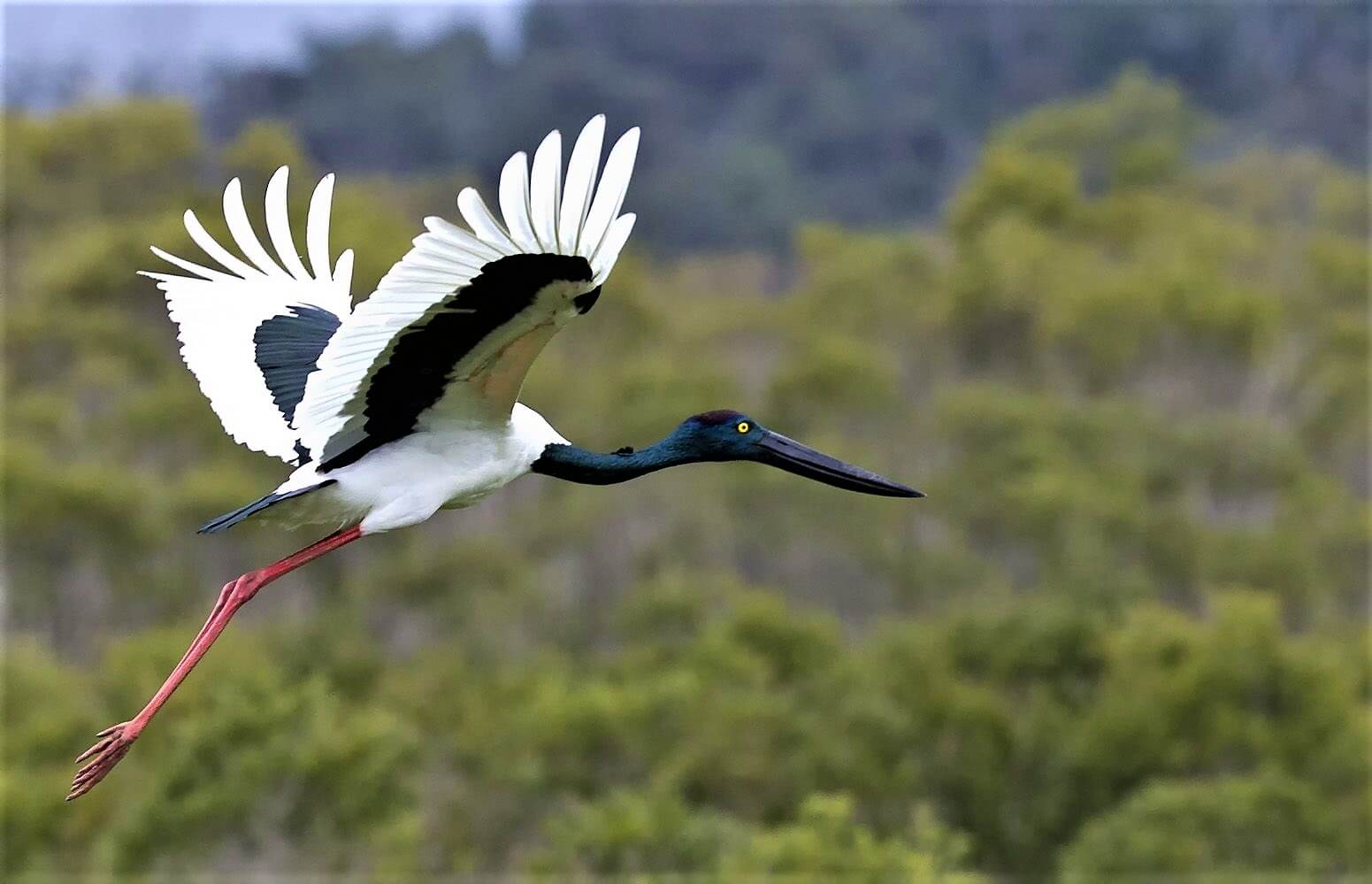
Black-necked Stork
Horton Plains National Park: hiking
You don’t need to go on safari to see the island’s wildlife. Horton Plains, a vast plateau of grassland, cloud forest, meandering rivers and waterfalls has plenty, including elk, sambar deer, loris, monkeys and giant squirrels. Even rarely-seen leopards lurk in the grasslands here. Horton Plains can get busy with tourists who come to see the view from World’s End, a cliff with a 4000 ft drop. Do some planning so you can get off the main tourist trail, and take a knowledgeable guide with you.
Entry: approx. $15 per person, private excursion with guide (local pick-up) $30-50 per person.
When to go: December to April
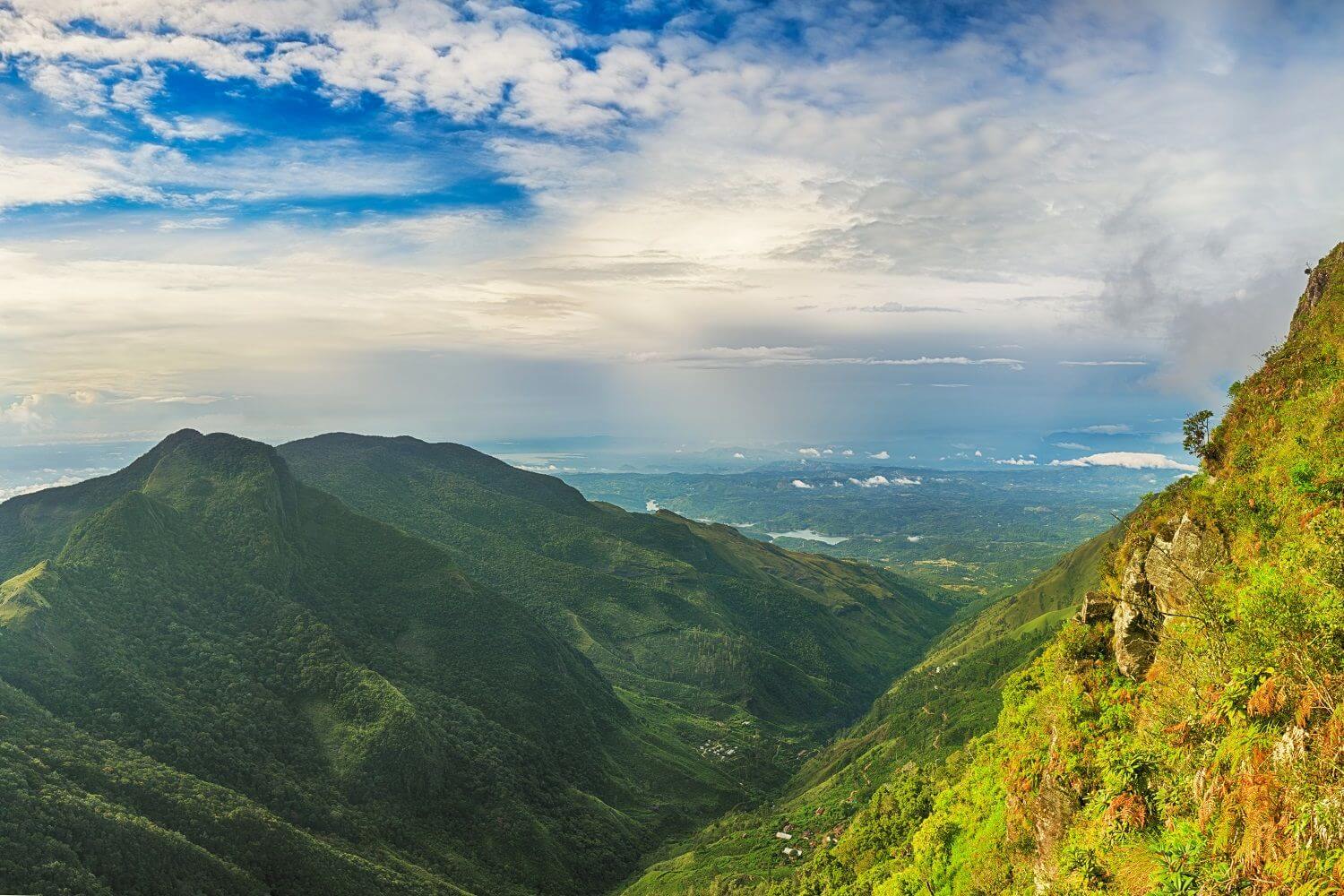
Horton Plains National Park
Kumana National Park (Yala East): jeep safari
At the eastern corner of Yala, Kumana National Park is a good choice if you want to avoid the crowds. A great place for birdwatching, Kumana’s mangrove swamps and lagoons attract migratory birds such as the pintail snipe which flies thousands of miles from Siberia. There are also herons, pelicans, spoonbills and rare species like the Glossy Ibis and Black-Necked Stork. Kumana is home to all the same mammals as Yala, but as it is a wilder environment, they might not be so easy to spot.
Entry: approx. $15 per person, private excursion with guide (local pick-up) $35-80 per person.
When to go: May to October
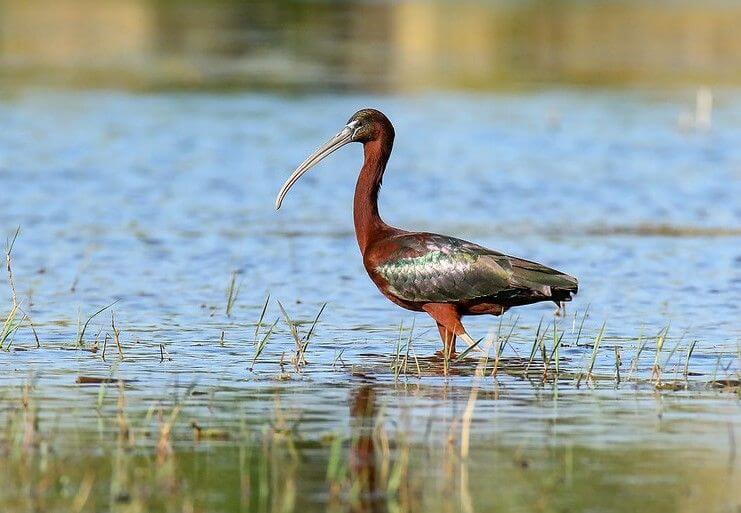
The rare Glossy Ibis
Udawalawe National Park: jeep safari
With a 500-strong herd, Udawalawe is one of the best places on the island to see elephants. At the center of the park is the peaceful Uda Walawe reservoir which attracts all manner of wildlife from crocodiles to water buffalo. Unfortunately, this park is starting to get as busy as Yala during peak times. Nextdoor is the Elephant Transit Home, where orphaned elephant calves are cared for. It is an inspiring place and well worth a visit.
Entry: approx. $25 per person, private excursion with guide (local pick-up) $40-100 per person
When to go: May to October
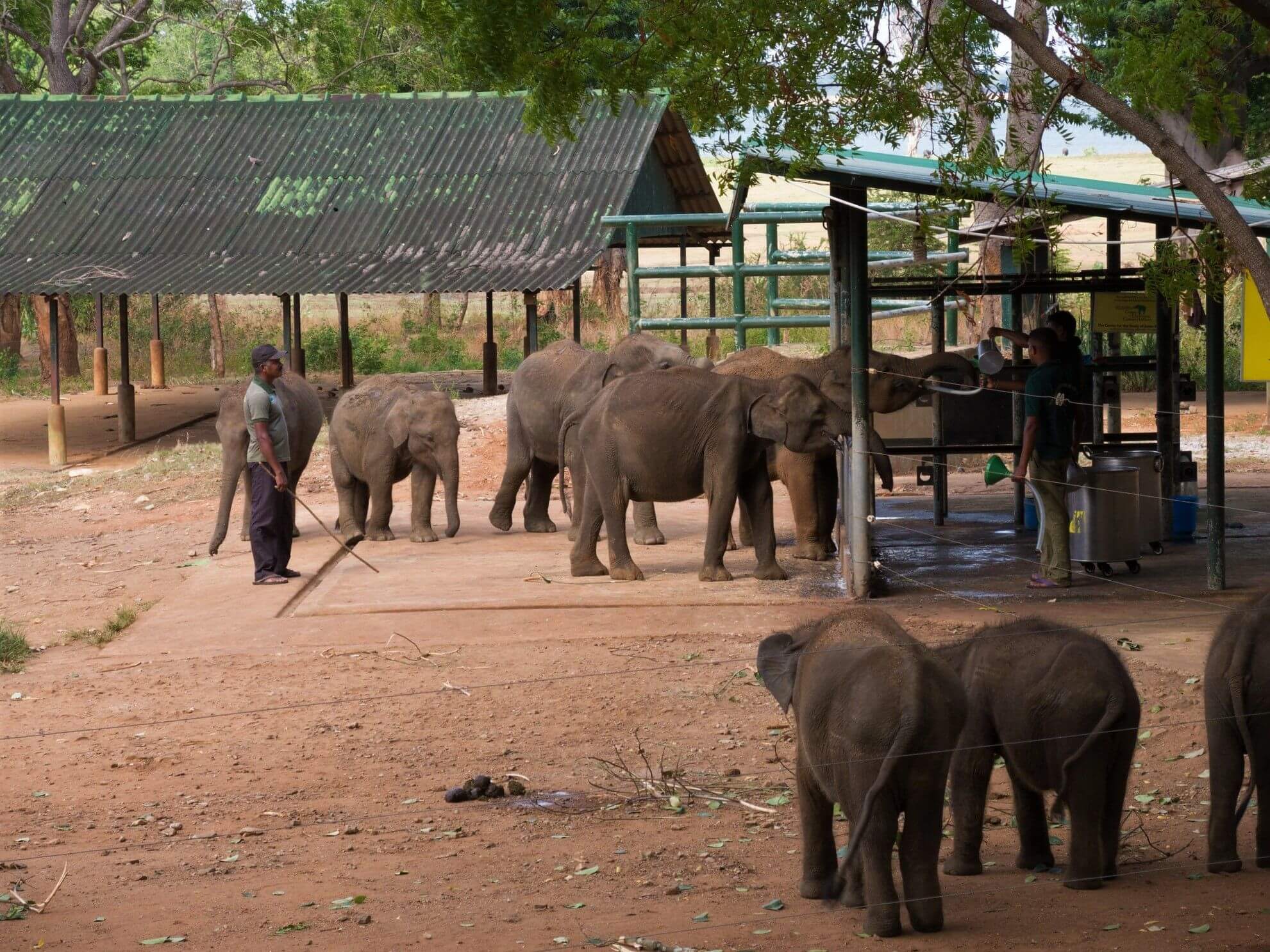
The Elephant Transit Home at Udawalawe National Park
Sinharaja Forest Reserve: hiking
Most of Sri Lanka’s primary rainforest has disappeared, but one patch remains – the Sinharaja Forest Reserve, in the Southern Lowlands. A UNESCO Biosphere Reserve, this ancient forest has 40-meter-tall trees, waterfalls and pools to swim in, and an array of exotic plants, birds, butterflies and reptiles. Hiking is permitted with a guide: you can find one at the entrance or book a private excursion in advance. Get there in around three hours from Galle or the beach resorts of the South Coast.
Private excursion with guide (local pick-up) $50-200 per person.
When to go: August/September to March/April
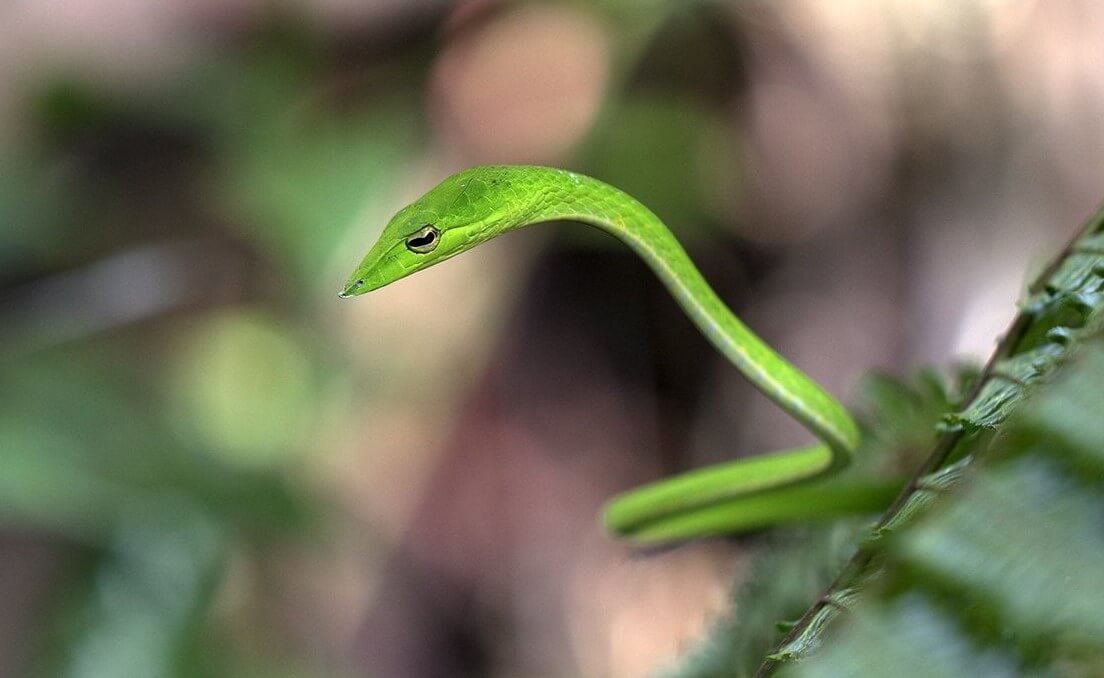
Green Vine Snake in Sinharaja Forest Reserve
Kalametiya Bird Sanctuary: birdwatching
Kalametiya is a popular bird sanctuary around two hours’ drive from Galle and the southern beach resorts. A vast expanse of tropical wetland, it is home to migratory and water birds including several rare species. Book a tour in advance and spend a relaxing few hours floating through the lagoons and mangrove swamps on a customised birdwatching boat.
Excursion with guide (local pick-up) $28-35 per person.
When to go: November to February
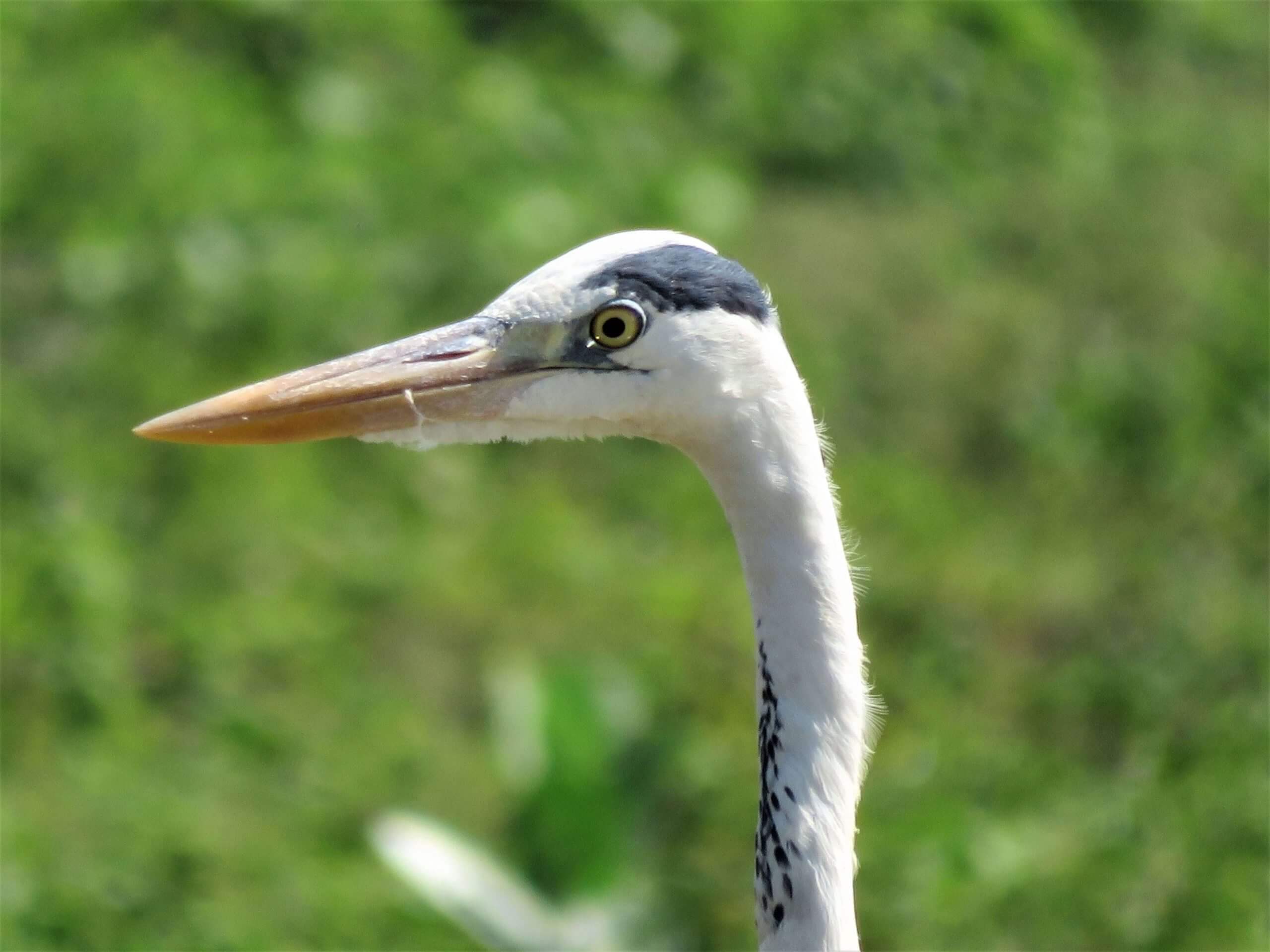
Sri Lankan Grey Heron
Gal Oya National Park: jeep safari, boat safari
Gal Oya is a beautiful park that most tourists have never heard of which means you can spend a day here without seeing another jeep. Safaris often include a boat trip on the reservoir, where you might see the park’s famous swimming elephants crossing to the islands in search of food. All Sri Lanka’s large mammals live in Gal Oya, although because the environment is wilder, they may be harder to spot. The park is a few hours’ drive from Tea Country or Arugam Bay and the Gal Oya Lodge is a good place to stay locally.
Entry: approx. $15 per person, private excursion with guide (local pick-up) $30-95.
When to go: April to September
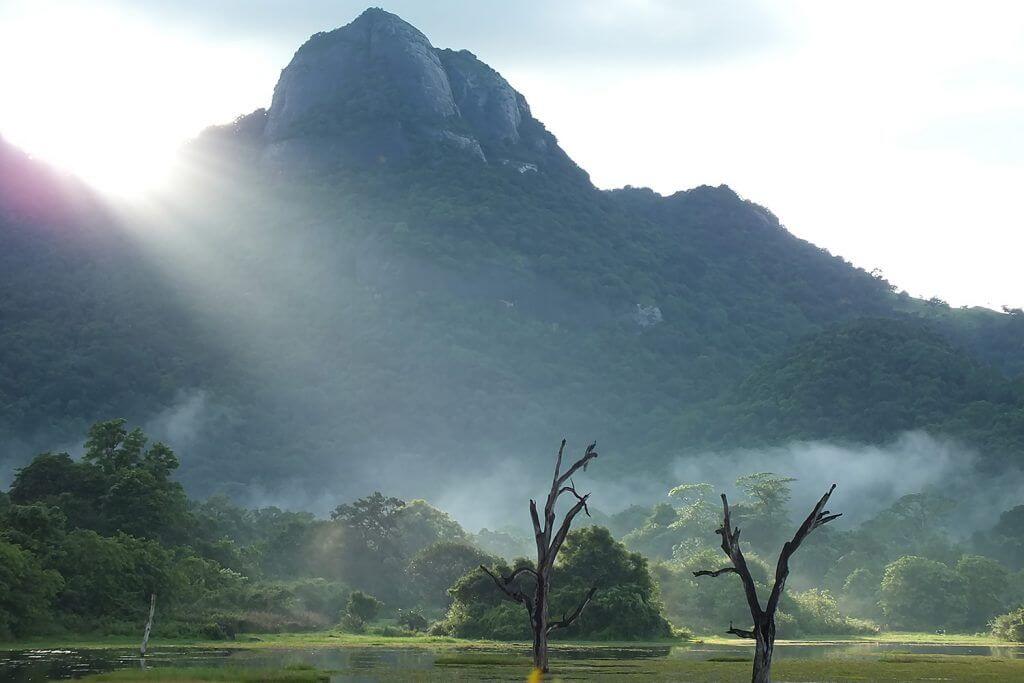
Gal Oya National Park
Wasgamuwa National Park: jeep safari, volunteering
Wasgamuwa is one of the quieter national parks and ideal if you want a less crowded experience. All the large mammals have been spotted here, and the park is also home to the Sri Lanka Wildlife Conservation Society, an award-winning non-profit that runs volunteer programs. Like many of the national parks in Sri Lanka, Wasgamuwa permits tourists to stay overnight within its boundaries, either in a tent or one of the park’s few bungalows. Get there in three hours from Kandy.
Entry: approx. $15 per person, private excursion with guide (local pick-up) $35-80 per person.
When to go: May to October
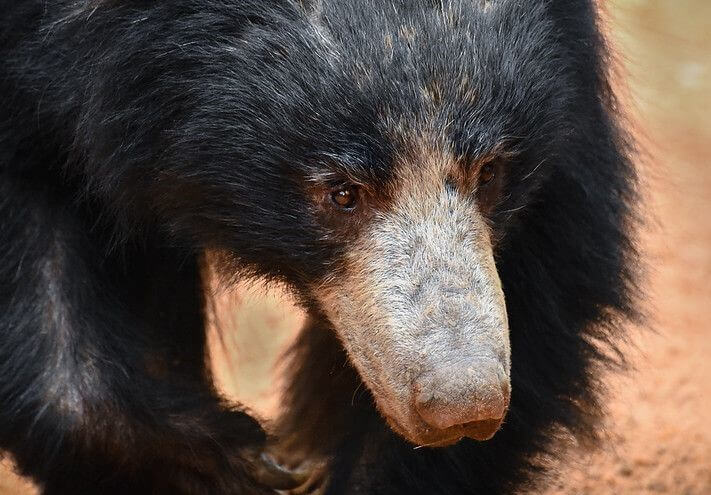
Sloth Bear at Wasgamuwa National Park
Chundikkulam National Park: birdwatching
Not many people know that one of Sri Lanka’s oldest national parks is located in the far north of the country. Chundikkulam National Park can be found on the North East coast in an area untouched by development. Made a bird sanctuary in 1938, the park closed when the war began. In 2015 it reopened as a national park. In the winter, Chundikkulam can be filled with migratory birds including Greater Flamingos. Visit on a day trip from Jaffna.
Entry: approx. $15 per person, private excursion with guide (local pick-up) $20-90.
When to go: September to March
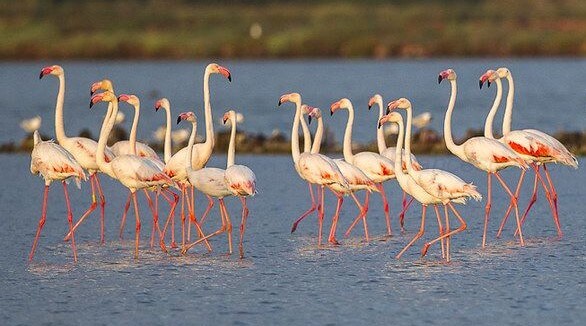
Greater Flamingos
